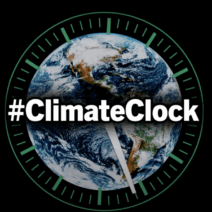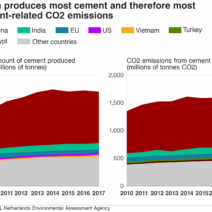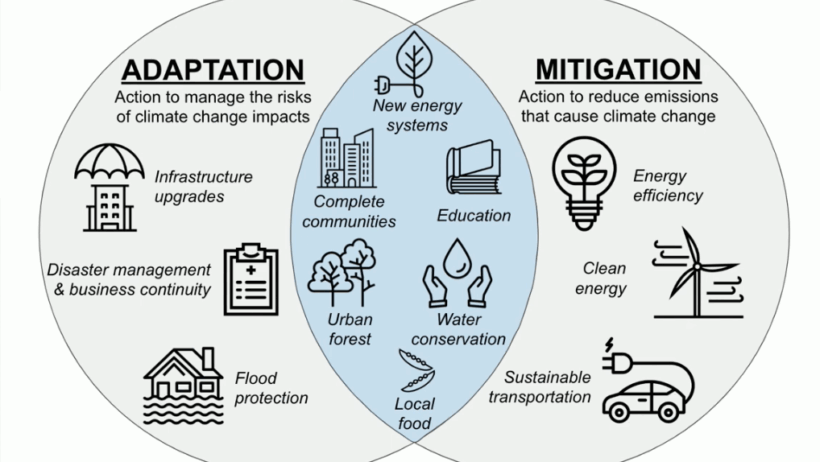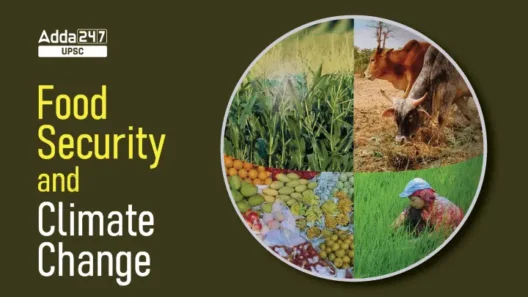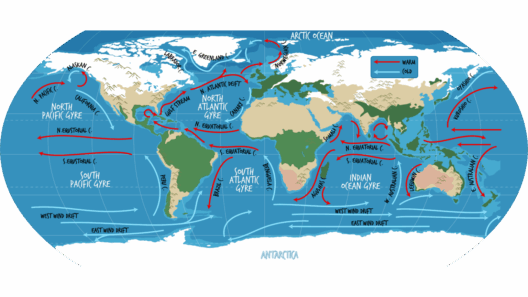As the tides rise and weather patterns shift, one has to wonder: how do we adapt to climate change in a way that not only mitigates risks but also embraces opportunities for resilience? In an era where “sustainability” has become a buzzword, the challenge transcends mere semantics; it delves into the core of social, economic, and environmental paradigms. This article endeavors to elucidate the multifaceted approach to adaptation, encapsulating strategies and actions that empower communities while fostering ecological and social resilience.
The first step in adaptation is understanding the implications of climate change. With projections indicating more frequent and severe weather events, from hurricanes to droughts, these shifts necessitate a proactive stance. Vulnerable regions, particularly those with lower adaptive capacity, require urgent attention. Knowledge dissemination becomes paramount; educating communities about climate projections fosters a form of resilience that acts as an insurance policy against future uncertainties. However, how does one invigorate a sense of urgency in communities where the immediacy of these changes feels distant?
One effective tactic is through the implementation of community-driven climate assessments. By engaging local stakeholders—farmers, educators, healthcare providers, and residents—in qualitative and quantitative assessments, insights can be gleaned that are region-specific. These insights pull together community narratives, informing adaptation strategies that reflect local realities. The participatory approach not only cultivates communal bonds but also enhances the specificity and effectiveness of adaptive actions.
Next, it is vital to discuss the importance of infrastructure resilience. Traditional infrastructures, particularly in urban areas, often magnify vulnerabilities rather than mitigate them. The solution lies in reimagining urban planning and architecture through the lens of resilience. Smart cities, for example, integrate advanced technologies to enhance infrastructure capacity and optimize resource management. Rain gardens, permeable pavements, and green roofs are innovative solutions that not only alleviate flooding but also promote biodiversity. What if every urban space adopted such green innovations? The ripples of change could be profound, transitioning from mere survival tactics to flourishing ecosystems.
Equally critical is embracing sustainable agriculture as a central pillar of climate adaptation. Agricultural systems are often the first to feel the brunt of climate change, facing challenges such as increased pest pressure, unpredictable weather, and soil degradation. Transitioning towards agroecological practices enhances soil health and carbon sequestration, fostering resilience while simultaneously ensuring food security. Crop diversification, the use of organic fertilizers, and intercropping practices can radically transform vulnerability into stability. The imaginative leap here is to redefine agriculture not merely as a means of sustenance but as a convergence point for environmental stewardship and climate action.
Next on the agenda is the role of policy frameworks in facilitating adaptation. Policymakers, often perceived as distant from grassroots realities, can forge pathways that empower communities. Policies promoting renewable energy, regulating emissions, and incentivizing sustainable practices can radically shift societal norms. Furthermore, by recognizing traditional ecological knowledge as a resource, governance structures tailored to local contexts can emerge. This merger between Indigenous wisdom and contemporary scientific approaches fosters deeper ecological understanding and resilience-building practices.
On an individual level, fostering a culture of proactive engagement in climate issues can catalyze significant change. Here lies the tantalizing question: what role do individuals play in this grand narrative of adaptation? From conscious consumer choices to reduced carbon footprints, personal actions contribute to a broader socio-environmental transformation. Community gardens, local clean-up efforts, and participation in climate activism reflect a burgeoning sense of agency. Engaging with educational initiatives can empower individuals, cultivating a sense of responsibility that transcends the apathy often associated with climate discussions.
However, adaptation cannot be solely an individual endeavor; social equity must be woven into the fabric of resilience strategies. Marginalized communities often bear the brunt of climate impacts yet possess limited resources to adapt. Equitable access to adaptation resources—financial assistance, knowledge sharing, and infrastructure investment—empowers these communities, transforming vulnerability into resilience. Collaborative community engagement ensures inclusivity, addressing the urgent need for social justice in climate action.
Furthermore, imaginative avenues such as investing in natural infrastructure can yield profound benefits. Coastal areas, for instance, can utilize ecosystems like mangroves and wetlands not only for protection against storm surges but also for carbon storage. Such natural solutions are often more sustainable and cost-effective than traditional engineering methods. By harmonizing human activities with nature, a more resilient ecosystem emerges, one that fortifies both the landscape and its inhabitants.
As we delve deeper into the realities of climate change, it becomes essential to highlight the imperative of adaptation as a continuous process. This adaptive cycle entails monitoring, learning, and altering strategies based on feedback—an iterative approach that allows communities to remain agile in the face of uncertainty. Future-proofing entails an acceptance of change as an inherent element of existence, prompting global societies to embrace fluidity rather than rigidity.
In closing, the imperative of adapting to climate change requires an orchestration of innovative strategies, inclusive practices, and a willingness to challenge traditional norms. As we navigate this tumultuous landscape, we must ask ourselves not just how to survive, but how to thrive in a transformed world. Resilience in action is not merely a response; it is a proactive embrace of our collective capacity to redefine our relationship with earth, ensuring a sustainable, equitable future for all. Are we prepared to embark on this transformative journey?

